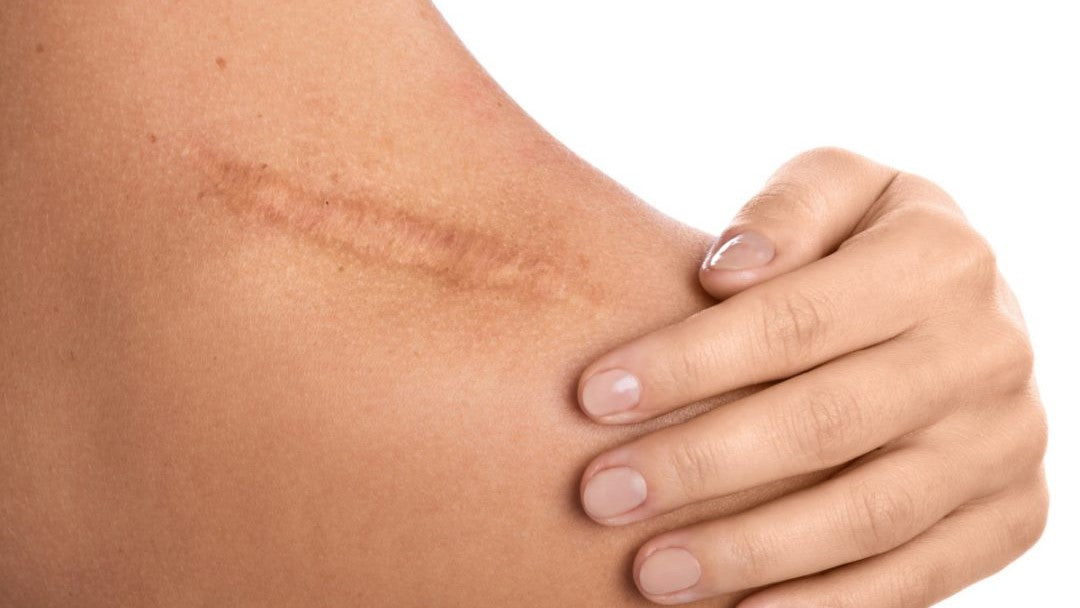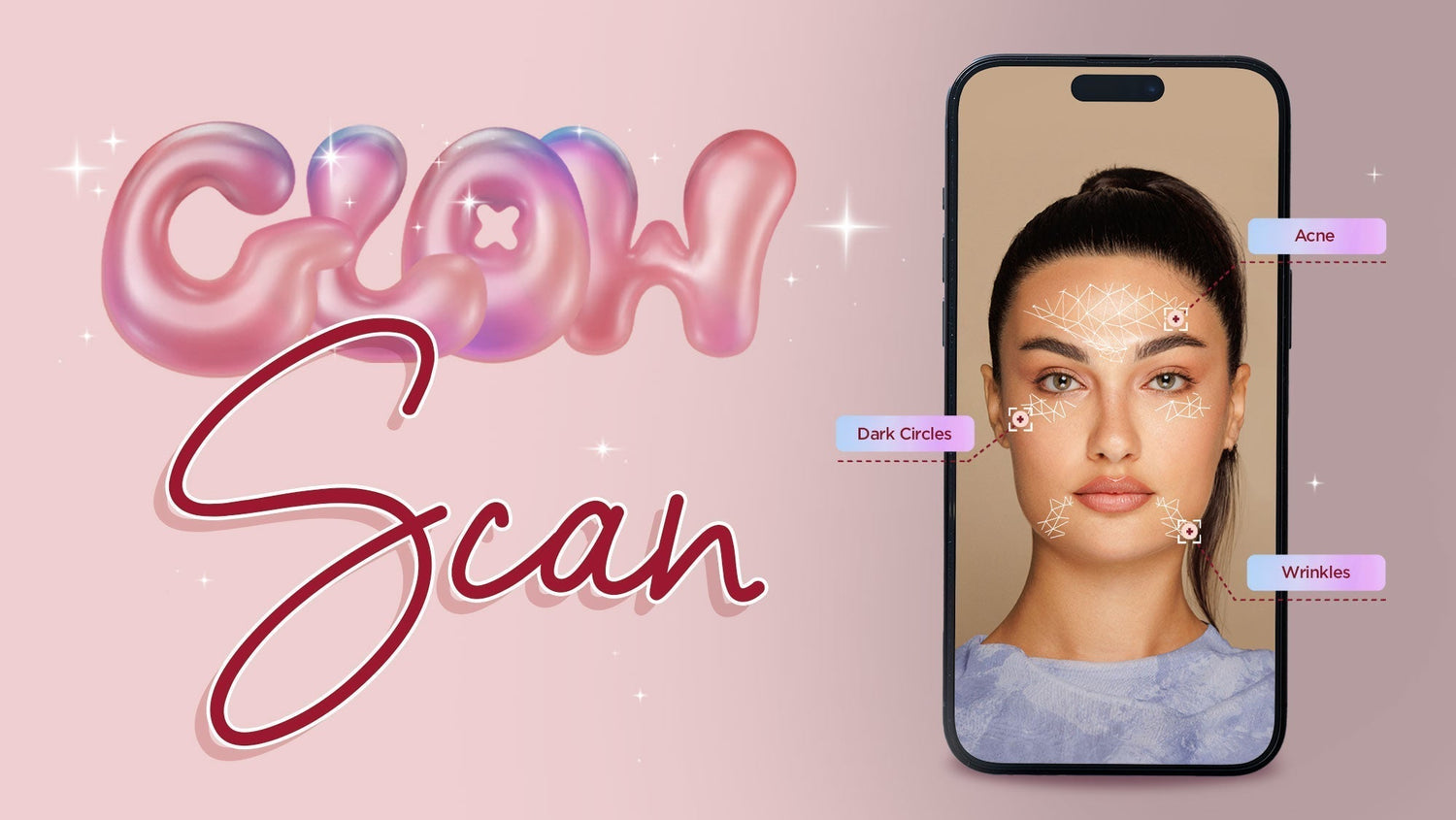Scars form as a natural response to skin healing, triggered by various factors like accidents, illnesses, skin issues, or surgeries. While scars are enduring, their appearance may diminish over two years, influenced by injury severity, wound size, and body location. However, beyond this period, further fading is unlikely. Certain individuals may be predisposed to developing more pronounced scars, influenced by factors such as age, genetics, and ethnic background.
Standard recommendations for reducing scar formation involve applying antibacterial ointments or petroleum jelly to maintain skin moisture, changing dressings daily for cleanliness, refraining from picking scabs, and limiting sun exposure to the affected area. However, despite these measures, scarring remains unpredictable and can manifest in various types, including flat, stretched, depressed, and raised. Dealing with scars can be frustrating and greatly affect one's quality of life.
Numerous treatment options are accessible to enhance scar appearance and alleviate related discomfort. Seeking medical attention for scars is also essential for addressing pain, itching, limited movement, and emotional distress. Furthermore, the specific type of scar will determine the appropriate treatment recommended by your plastic surgeon or dermatologist.
Treatments applied to the skin's surface.
Typically, topical treatments are explored before considering invasive measures. Over-the-counter options like corticosteroids, antihistamine creams, and anesthetic ointments can aid in scar healing, lessening itchiness and discomfort. Stronger corticosteroid creams, available by prescription, may be utilized for newer, pink scars to prevent excessive scar tissue formation.
For years, silicone has been utilized in hospitals to treat scars resulting from surgeries, burns, and various skin injuries. In sheet form, it acts as a gentle wound cover, sealing scars and maintaining moisture. To maximize its effectiveness, it's recommended to wear the silicone sheet for extended periods, ranging from weeks to months. A newer advancement is topical silicone gel, which is applied by individuals and swiftly dries into a thin sheet within minutes. Disposable silicone gel options have proven to be convenient and economical, readily available in pharmacies.
Injections therapies
Corticosteroid injections are utilized for treating scars exhibiting raised, thickened, or reddened characteristics, with more severe instances falling under keloid or hypertrophic classifications. The procedure involves administering numerous small injections directly into the scar tissue to alleviate localized inflammation, itching, and discomfort. The frequency of injections may vary depending on the scar type and the individual's response, with intervals typically ranging between 4 to 6 weeks over several months.
Alternatively, filler injections are employed to address sunken scars by injecting collagen or synthetic substances directly into or beneath the scar tissue, yielding instant improvements. Primarily sought for cosmetic purposes, this procedure is temporary, requiring periodic repetition every few years for sustained effects.
Surface modifications
Skin resurfacing involves the removal of damaged outer skin layers to facilitate the emergence of smoother, newer skin. This process aids in addressing surface imperfections and uneven skin tone, leading to a reduction in the visibility of scars.
Dermabrasion involves the use of a swiftly rotating tool to manually eliminate the outer layer of skin. It's a popular method for reducing the appearance of skin lines, acne scars, age spots, and sun damage. Before the procedure, a topical anesthetic might be administered, and the skin may remain sensitive and blotchy for a few weeks before returning to its usual state.
Chemical peels provide a method to chemically remove superficial skin layers. These peels come in various strengths, from light to deep, each offering different results and recovery times. They're commonly used on the face to address issues like acne scars, sun damage, wrinkles, and melasma, and can sometimes aid in acne management. Patients may feel a sensation of stinging or burning during the procedure, and it's advised to use moisturizers and sunscreen for weeks following the treatment.
Laser therapy utilizes focused light beams to target and remove irregular layers of skin with precision. This treatment can aid in smoothing and softening scars, reducing discoloration, and promoting a firmer, more youthful complexion. Its accuracy makes it particularly beneficial for addressing small facial and acne scars, although less intense laser settings are commonly used for full-facial treatments as well.
Finally, additional surface treatments encompass vascular laser therapy, which diminishes scar redness by targeting blood vessels, and skin lightening, which utilizes topical creams to lighten the skin tone.
Medical procedure
Scar revision surgery is capable of altering both the location and contour of scars. It can also alleviate the constriction of scars near joints, thereby enhancing mobility. The choice between local or general anesthesia hinges on factors like scar size and placement. In scar excision and revision procedures, scar tissue is typically eradicated entirely, with nearby healthy skin utilized to reconstruct the affected area.
When a flap procedure isn't feasible, surgeons resort to utilizing a skin graft sourced from areas of the body with less cosmetic significance, such as the buttocks or inner thighs. This technique is employed for extensive scar replacement. Alternatively, a Z-plasty may be performed, relocating a scar to natural creases or folds to reduce its prominence and alleviate any tightness caused by scar tissue.
An alternative method utilizes tissue expanders, where a flexible silicone implant is inserted beneath the skin. Over time, the surrounding healthy skin stretches to replace the removed scar tissue.
Consulting a board-certified plastic surgeon is crucial to finding the most suitable scar treatment among the array of options available. Combination therapies might be advised, and your doctor will thoroughly discuss the potential risks, benefits, and expected outcomes of your treatment plan with you.
In conclusion, dealing with scars can be a challenging journey, but there are numerous treatment options available to improve their appearance and alleviate related discomfort. From topical treatments and injections to surface modifications and medical procedures, individuals have a range of choices to address their specific scar concerns. Consulting a qualified plastic surgeon or dermatologist is essential to determine the most suitable treatment plan tailored to individual needs. With the right approach and guidance, individuals can effectively manage their scars and regain confidence in their skin's appearance and health.






